Let’s build a Cloudflare Worker with WebAssembly and Haskell
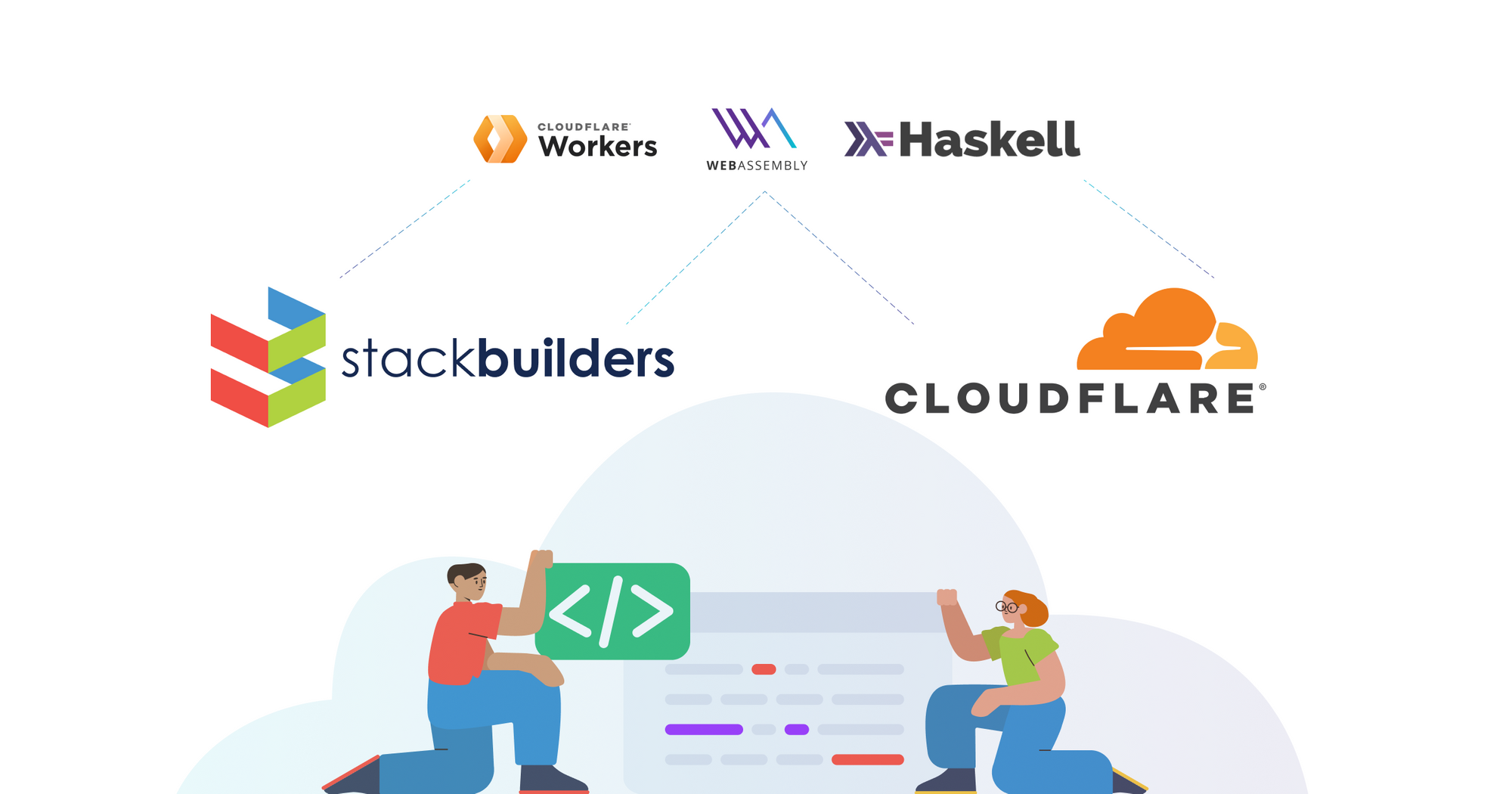
This is a guest post by Cristhian Motoche of Stack Builders.
At Stack Builders, we believe that Haskell’s system of expressive static types offers many benefits to the software industry and the world-wide community that depends on our services. In order to fully realize these benefits, it is necessary to have proper training and access to an ecosystem that allows for reliable deployment of services. In exploring the tools that help us run our systems based on Haskell, our developer Cristhian Motoche has created a tutorial that shows how to compile Haskell to WebAssembly using Asterius for deployment on Cloudflare.
What is a Cloudflare Worker?
Cloudflare Workers is a serverless platform that allows us to run our code on the edge of the Cloudflare infrastructure. It's built on Google V8, so it’s possible to write functionalities in JavaScript or any other language that targets WebAssembly.
WebAssembly is a portable binary instruction format that can be executed fast in a memory-safe sandboxed environment. For this reason, it’s especially useful for tasks that need to perform resource-demanding and self-contained operations.
Why use Haskell to target WebAssembly?
Haskell is a pure functional languages that can target WebAssembly. As such, It helps developers Continue reading
Know When You’ve Been DDoS’d

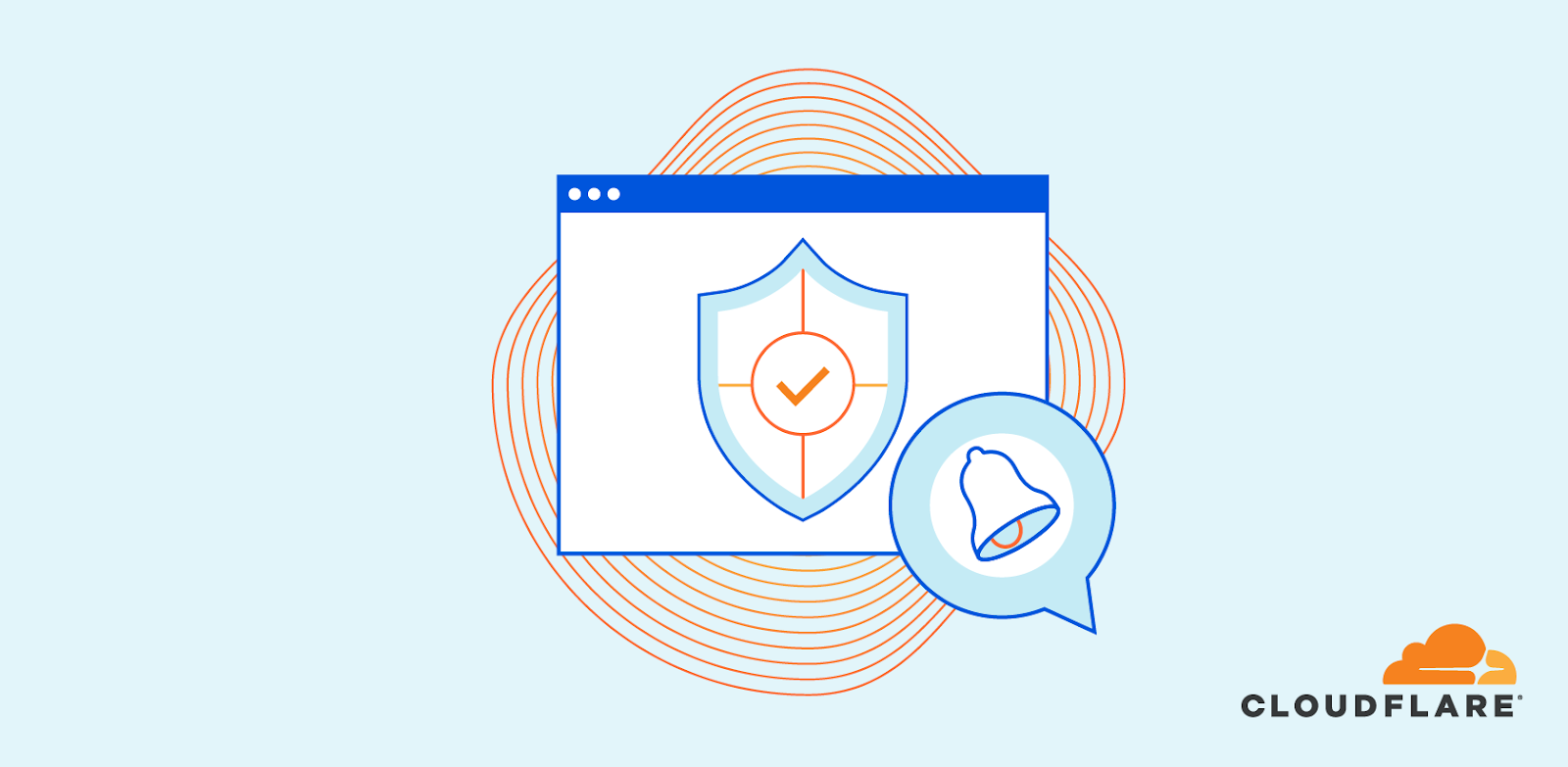
Today we’re announcing the availability of DDoS attack alerts. The alerts are available for free for all Cloudflare’s customers on paid plans.
Unmetered DDoS protection
Last week we celebrated Cloudflare’s 10th birthday in what we call Birthday Week. Every year, on each day of Birthday Week, we announce a new product with the goal of helping make the Internet a better place -- one that is safer and faster. To do that, over the years we’ve democratized many products that were previously only available to large enterprises by making them available for free (or at very low cost) to all. For example, on Cloudflare’s 7th birthday in 2017, we announced free unmetered DDoS protection as part of every Cloudflare product and every plan, including the free plan.
DDoS attacks aim to take down websites or online services and make them unavailable to the public. We wanted to make sure that every organization and every website is available and accessible, regardless if they can or can’t afford enterprise-grade DDoS protection. This has been a core part of our mission. We’ve been heavily investing in our DDoS protection capabilities over the last 10 years, and we will continue to do so in Continue reading
Birthday week: Cloudflare turns 10


2020 marks a major milestone for Cloudflare: it’s our 10th birthday.
We’ve always used birthdays as an opportunity to give back to the Internet. But this year — a year in which the Internet has been so central to giving us all some degree of connectedness and normalcy — it feels like giving back to the Internet has been more important than ever.
And while we couldn’t celebrate in person, we were humbled by some of the incredible minds that joined us online to talk about how the Internet has changed over the last ten years — and what we might see over the next ten.
With that, let’s recap the key announcements from Birthday Week 2020.
Day 1, Monday: Workers
During Birthday Week in 2017, Cloudflare announced Workers — a serverless platform that represented a completely new way to build applications: by writing your code directly onto our network edge. On Monday of this year’s Birthday Week, we announced Durable Objects and Cron Triggers — both of which continue to expand the use cases that Workers can address.
Many folks associate the serverless paradigm with functions as a service — which, at its core, is stateless. Workers KV started Continue reading
Introducing support for the AVIF image format
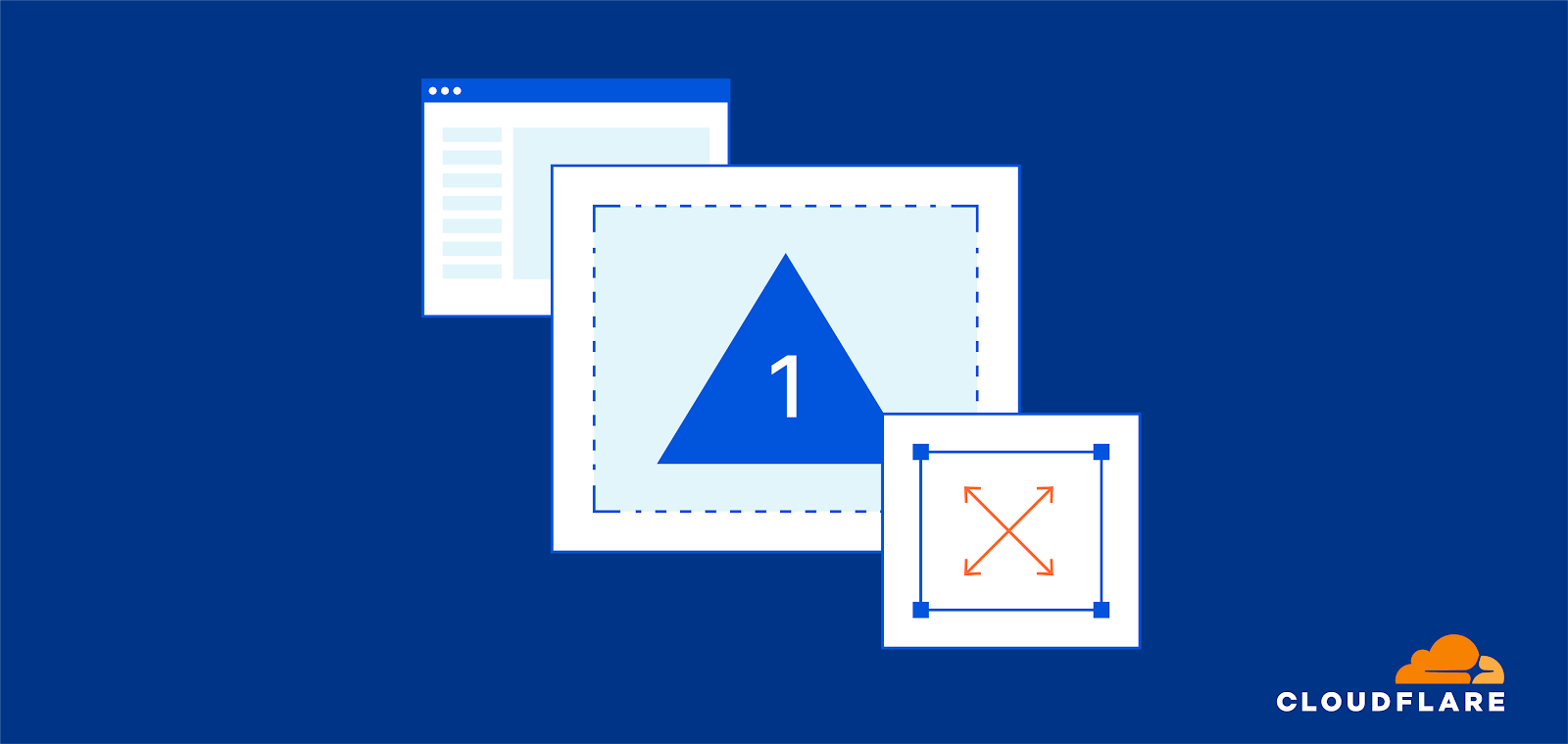

We've added support for the new AVIF image format in Image Resizing. It compresses images significantly better than older-generation formats such as WebP and JPEG. It's supported in Chrome desktop today, and support is coming to other Chromium-based browsers, as well as Firefox.
What’s the benefit?
More than a half of an average website's bandwidth is spent on images. Improved image compression can save bandwidth and improve overall performance of the web. The compression in AVIF is so good that images can reduce to half the size of JPEG and WebP
What is AVIF?
AVIF is a combination of the HEIF ISO standard, and a royalty-free AV1 codec by Mozilla, Xiph, Google, Cisco, and many others.
Currently JPEG is the most popular image format on the Web. It's doing remarkably well for its age, and it will likely remain popular for years to come thanks to its excellent compatibility. There have been many previous attempts at replacing JPEG, such as JPEG 2000, JPEG XR and WebP. However, these formats offered only modest compression improvements, and didn't always beat JPEG on image quality. Compression and image quality in AVIF is better than in all of them, and by a wide margin.

|

|

|
| Continue reading |
Introducing Automatic Platform Optimization, starting with WordPress

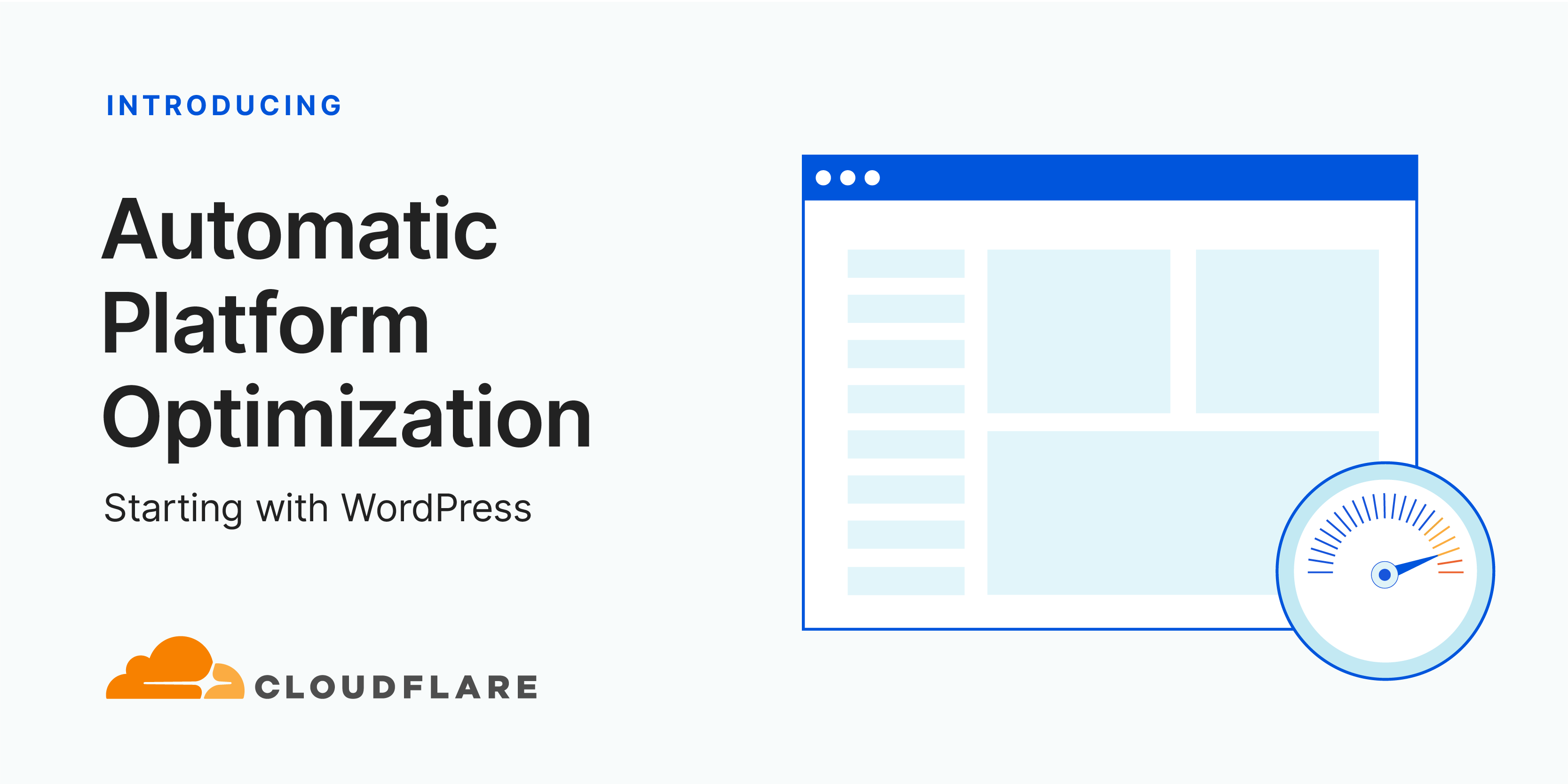
Today, we are announcing a new service to serve more than just the static content of your website with the Automatic Platform Optimization (APO) service. With this launch, we are supporting WordPress, the most popular website hosting solution serving 38% of all websites. Our testing, as detailed below, showed a 72% reduction in Time to First Byte (TTFB), 23% reduction to First Contentful Paint, and 13% reduction in Speed Index for desktop users at the 90th percentile, by serving nearly all of your website’s content from Cloudflare’s network. This means visitors to your website see not only the first content sooner but all content more quickly.
With Automatic Platform Optimization for WordPress, your customers won’t suffer any slowness caused by common issues like shared hosting congestion, slow database lookups, or misbehaving plugins. This service is now available for anyone using WordPress. It costs $5/month for customers on our Free plan and is included, at no additional cost, in our Professional, Business, and Enterprise plans. No usage fees, no surprises, just speed.
How to get started
The easiest way to get started with APO is from your WordPress admin console.
1. First, install the Cloudflare WordPress plugin on your WordPress Continue reading
Building Automatic Platform Optimization for WordPress using Cloudflare Workers

This post explains how we implemented the Automatic Platform Optimization for WordPress. In doing so, we have defined a new place to run WordPress plugins, at the edge written with Cloudflare Workers. We provide the feature as a Cloudflare service but what’s exciting is that anyone could build this using the Workers platform.
The service is an evolution of the ideas explained in an earlier zero-config edge caching of HTML blog post. The post will explain how Automatic Platform Optimization combines the best qualities of the regular Cloudflare cache with Workers KV to improve cache cold starts globally.
The optimization will work both with and without the Cloudflare for WordPress plugin integration. Not only have we provided a zero config edge HTML caching solution but by using the Workers platform we were also able to improve the performance of Google font loading for all pages.
We are launching the feature first for WordPress specifically but the concept can be applied to any website and/or content management system (CMS).
A new place to run WordPress plugins?
There are many individual WordPress plugins for performance that use similar optimizations to existing Cloudflare services. Automatic Platform Optimization is bringing them all together into Continue reading
DNS Flag Day 2020
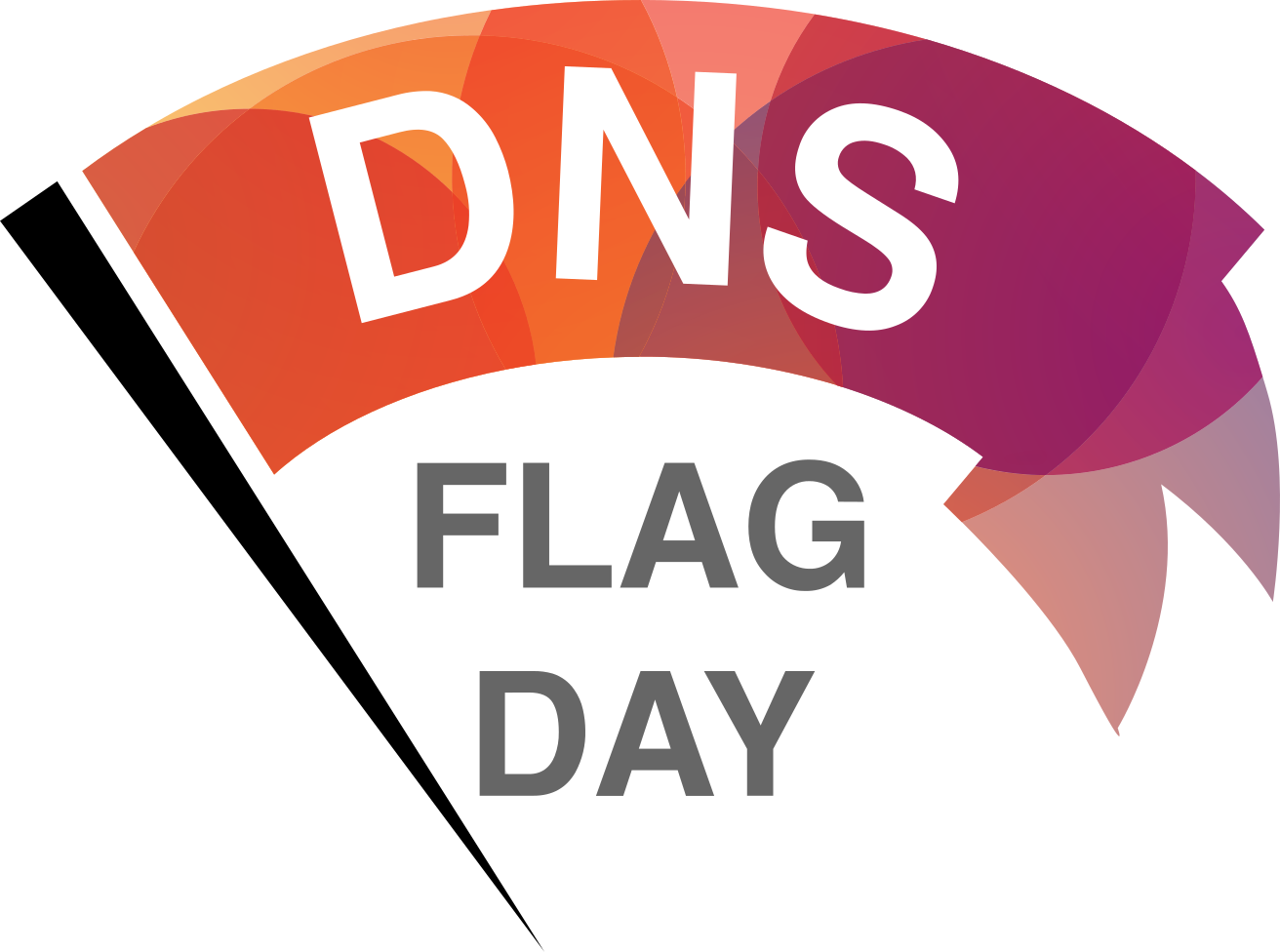

October 1 was this year’s DNS Flag Day. Read on to find out all about DNS Flag Day and how it affects Cloudflare’s DNS services (hint: it doesn’t, we already did the work to be compliant).
What is DNS Flag Day?
DNS Flag Day is an initiative by several DNS vendors and operators to increase the compliance of implementations with DNS standards. The goal is to make DNS more secure, reliable and robust. Rather than a push for new features, DNS flag day is meant to ensure that workarounds for non-compliance can be reduced and a common set of functionalities can be established and relied upon.
Last year’s flag day was February 1, and it set forth that servers and clients must be able to properly handle the Extensions to DNS (EDNS0) protocol (first RFC about EDNS0 are from 1999 - RFC 2671). This way, by assuming clients have a working implementation of EDNS0, servers can resort to always sending messages as EDNS0. This is needed to support DNSSEC, the DNS security extensions. We were, of course, more than thrilled to support the effort, as we’re keen to push DNSSEC adoption forward .
DNS Flag Day 2020
The goal for Continue reading
NTS is now an RFC
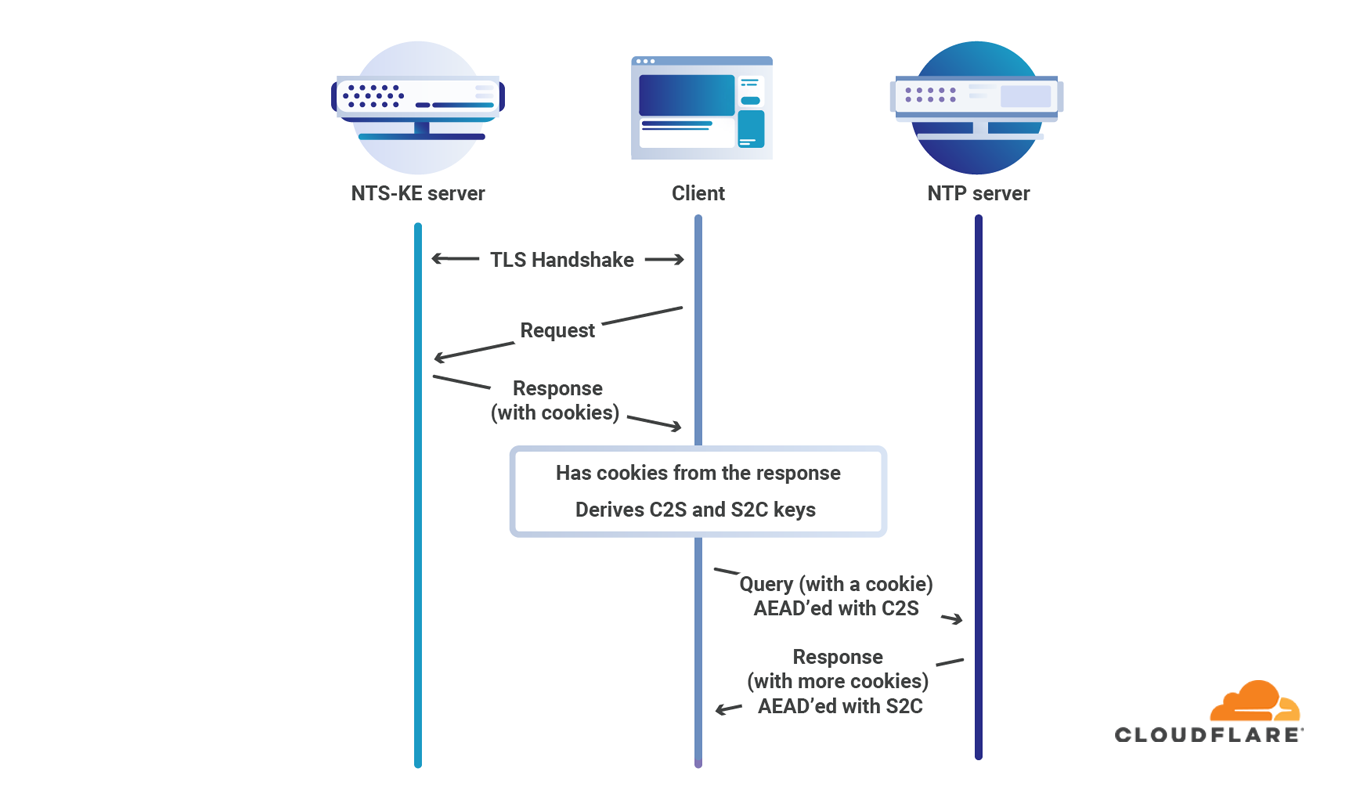
Earlier today the document describing Network Time Security for NTP officially became RFC 8915. This means that Network Time Security (NTS) is officially part of the collection of protocols that makes the Internet work. We’ve changed our time service to use the officially assigned port of 4460 for NTS key exchange, so you can use our service with ease. This is big progress towards securing a ubiquitous Internet protocol.
Over the past months we’ve seen many users of our time service, but very few using Network Time Security. This leaves computers vulnerable to attacks that imitate the server they use to obtain NTP. Part of the problem was the lack of available NTP daemons that supported NTS. That problem is now solved: chrony and ntpsec both support NTS.
Time underlies the security of many of the protocols such as TLS that we rely on to secure our online lives. Without accurate time, there is no way to determine whether or not credentials have expired. The absence of an easily deployed secure time protocol has been a problem for Internet security.
Without NTS or symmetric key authentication there is no guarantee that your computer is actually talking NTP with the computer Continue reading
Introducing API Shield
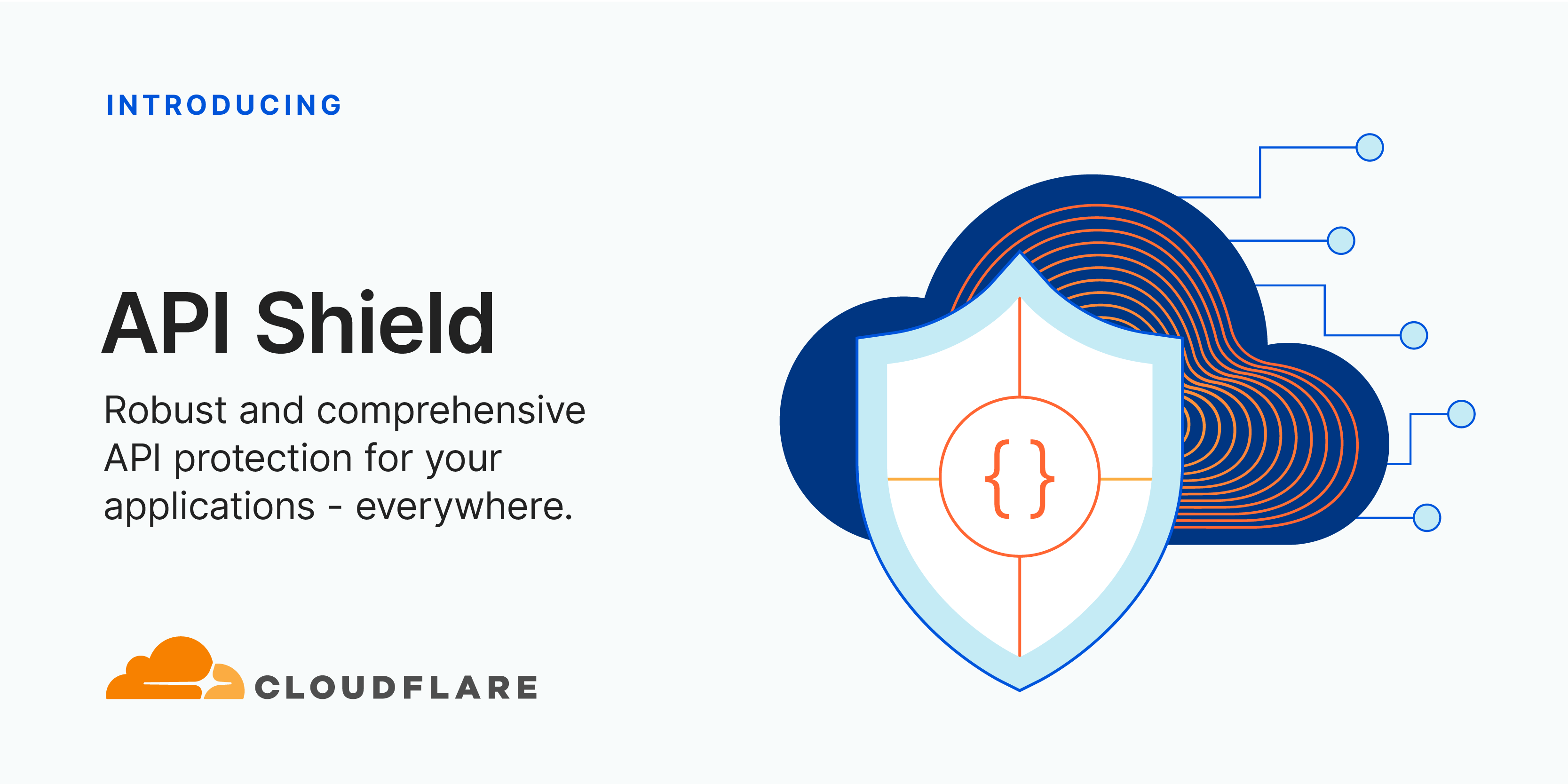
APIs are the lifeblood of modern Internet-connected applications. Every millisecond they carry requests from mobile applications—place this food delivery order, “like” this picture—and directions to IoT devices—unlock the car door, start the wash cycle, my human just finished a 5k run—among countless other calls.
They’re also the target of widespread attacks designed to perform unauthorized actions or exfiltrate data, as data from Gartner increasingly shows: “by 2021, 90% of web-enabled applications will have more surface area for attack in the form of exposed APIs rather than the UI, up from 40% in 2019, and “Gartner predicted that, by 2022, API abuses will move from an infrequent to the most-frequent attack vector, resulting in data breaches for enterprise web applications”[1][2]. Of the 18 million requests per second that traverse Cloudflare’s network, 50% are directed towards APIs—with the majority of these requests blocked as malicious.
To combat these threats, Cloudflare is making it simple to secure APIs through the use of strong client certificate-based identity and strict schema-based validation. As of today, these capabilities are available free for all plans within our new “API Shield” offering. And as of today, the security benefits also extend to gRPC-based APIs, which use binary Continue reading
Announcing support for gRPC

Today we're excited to announce beta support for proxying gRPC, a next-generation protocol that allows you to build APIs at scale. With gRPC on Cloudflare, you get access to the security, reliability and performance features that you're used to having at your fingertips for traditional APIs. Sign up for the beta today in the Network tab of the Cloudflare dashboard.
gRPC has proven itself to be a popular new protocol for building APIs at scale: it’s more efficient and built to offer superior bi-directional streaming capabilities. However, because gRPC uses newer technology, like HTTP/2, under the covers, existing security and performance tools did not support gRPC traffic out of the box. This meant that customers adopting gRPC to power their APIs had to pick between modernity on one hand, and things like security, performance, and reliability on the other. Because supporting modern protocols and making sure people can operate them safely and performantly is in our DNA, we set out to fix this.
When you put your gRPC APIs on Cloudflare, you immediately gain all the benefits that come with Cloudflare. Apprehensive of exposing your APIs to bad actors? Add security features such as WAF and Bot Management. Need Continue reading
Introducing Cloudflare Radar
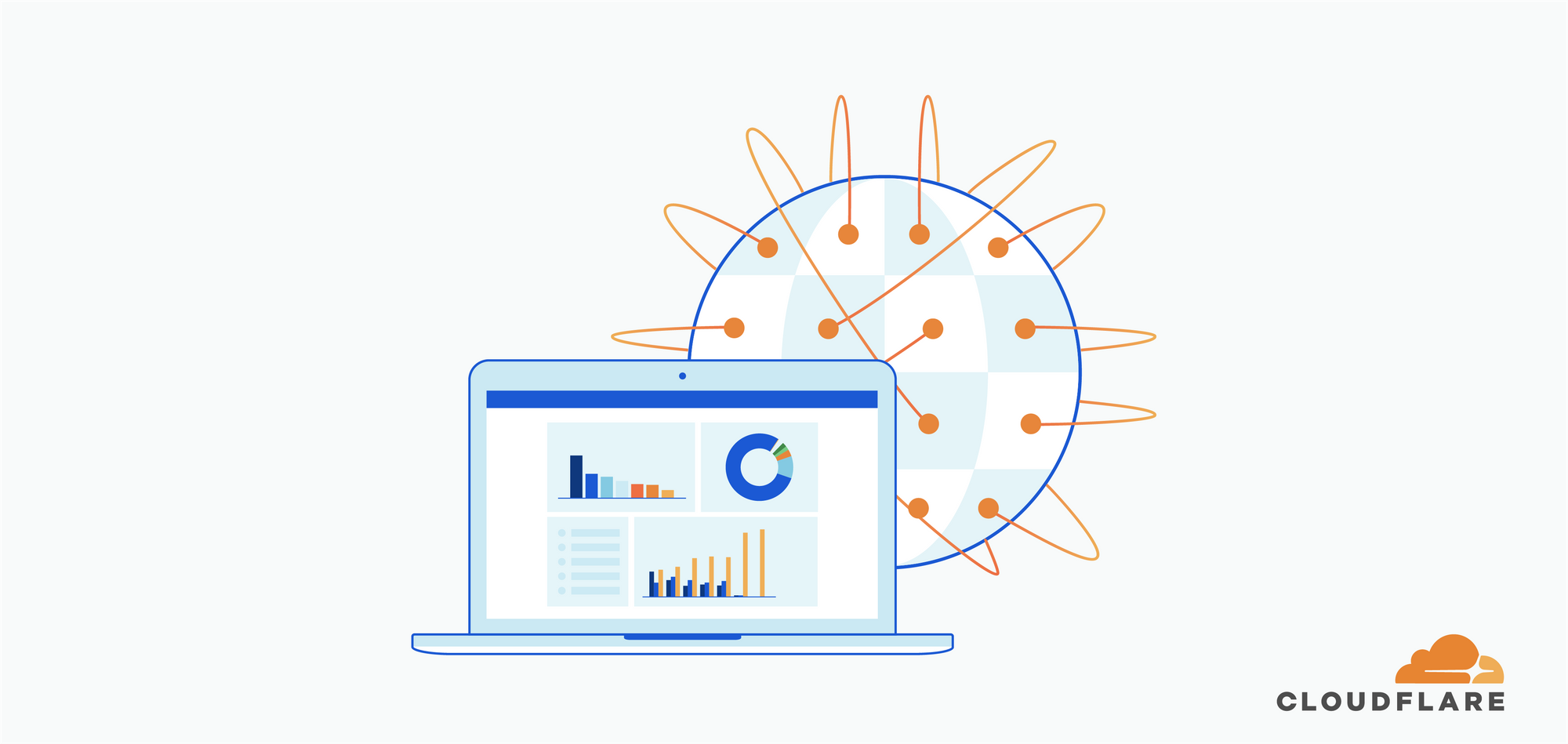
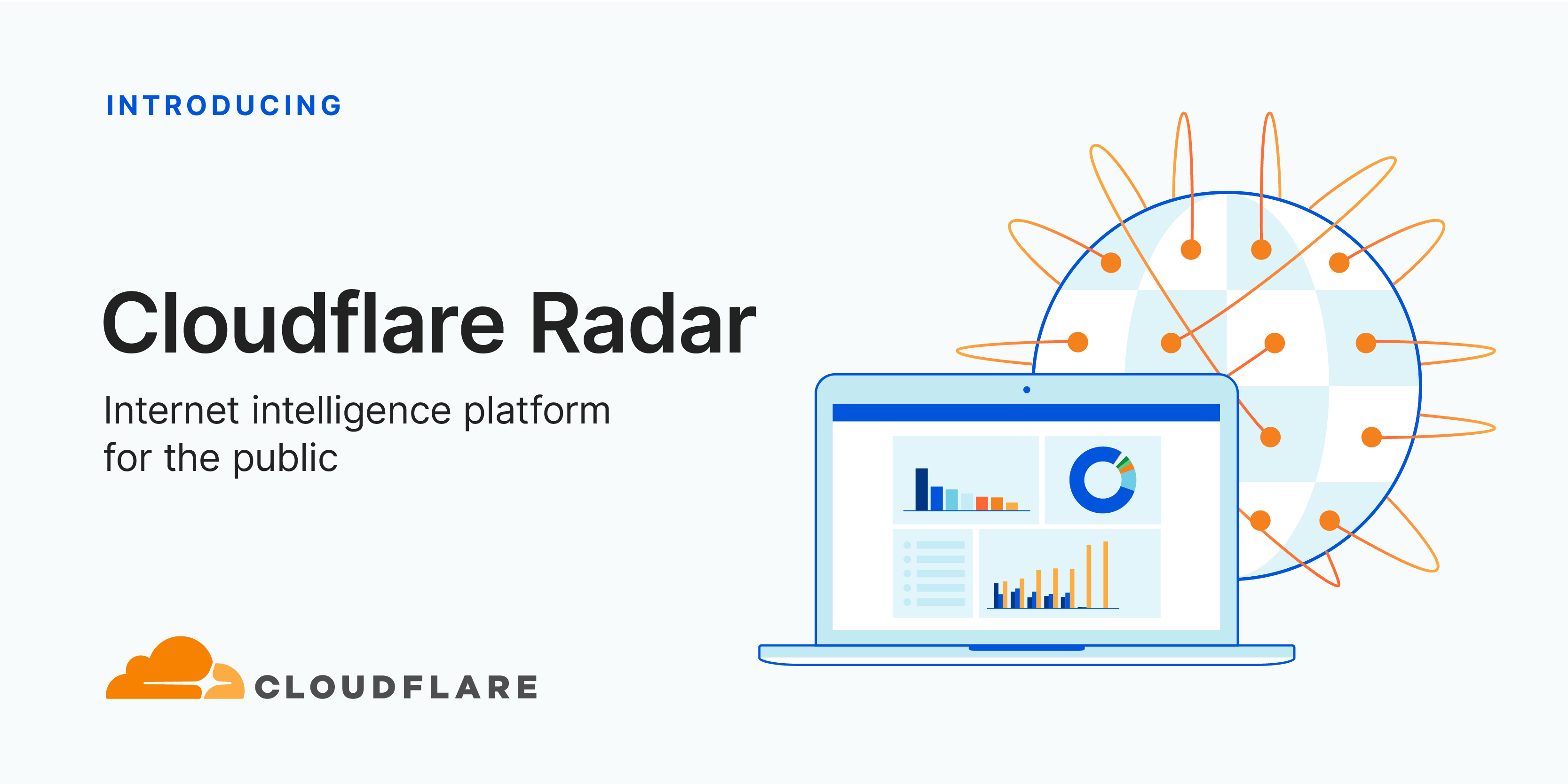
Unlike the tides, Internet use ebbs and flows with the motion of the sun not the moon. Across the world usage quietens during the night and picks up as morning comes. Internet use also follows patterns that humans create, dipping down when people stopped to applaud healthcare workers fighting COVID-19, or pausing to watch their country’s president address them, or slowing for religious reasons.
And while humans leave a mark on the Internet, so do automated systems. These systems might be doing useful work (like building search engine databases) or harm (like scraping content, or attacking an Internet property).
All the while Internet use (and attacks) is growing. Zoom into any day and you’ll see the familiar daily wave of Internet use reflecting day and night, zoom out and you’ll likely spot weekends when Internet use often slows down a little, zoom out further and you might spot the occasional change in use caused by a holiday, zoom out further and you’ll see that Internet use grows inexorably.
And attacks don’t only grow, they change. New techniques are invented while old ones remain evergreen. DDoS activity continues day and night roaming from one victim to another. Automated scanning tools look Continue reading
Speeding up HTTPS and HTTP/3 negotiation with… DNS
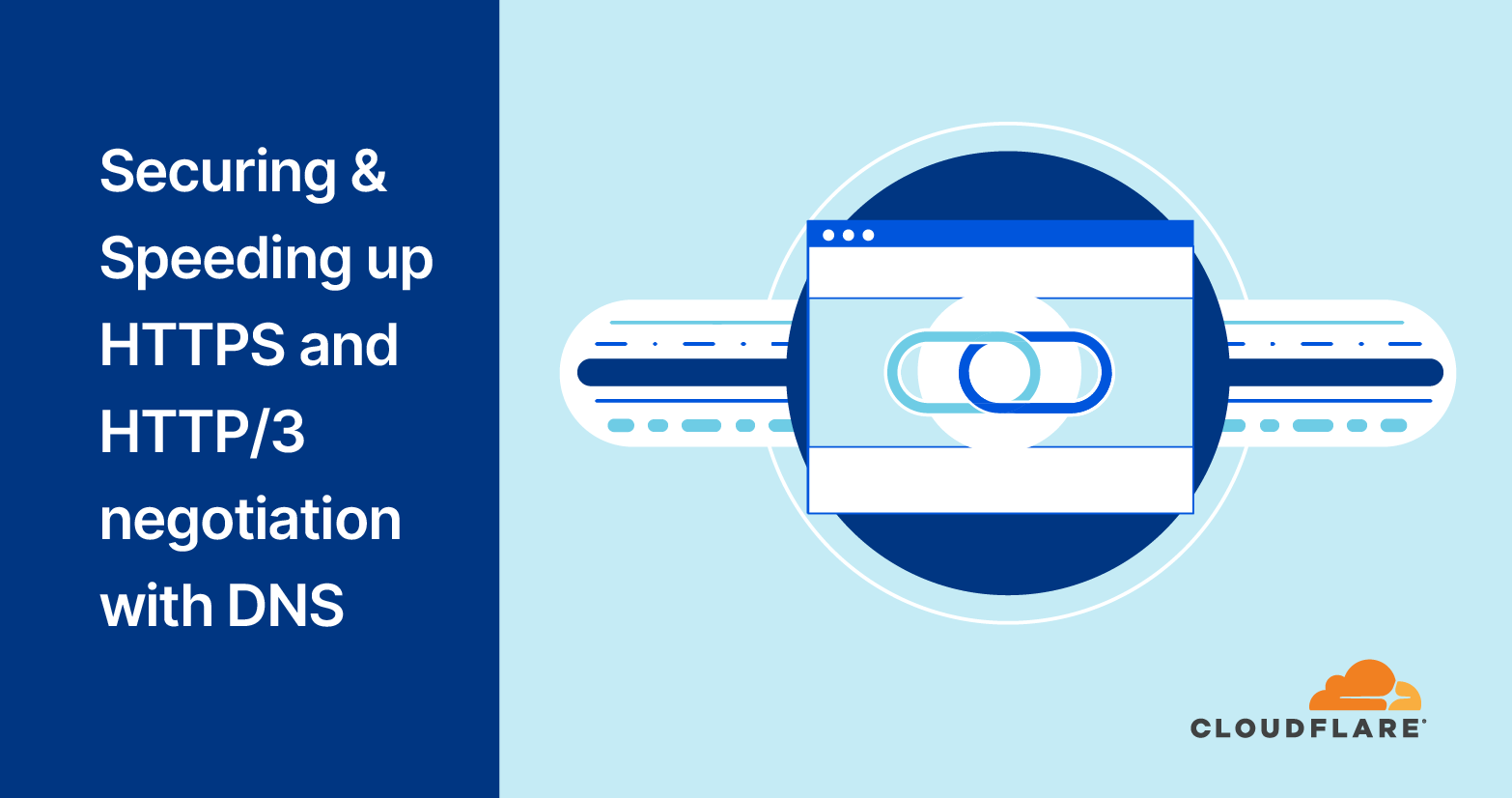
In late June, Cloudflare's resolver team noticed a spike in DNS requests for the 65479 Resource Record thanks to data exposed through our new Radar service. We began investigating and found these to be a part of Apple’s iOS14 beta release where they were testing out a new SVCB/HTTPS record type.
Once we saw that Apple was requesting this record type, and while the iOS 14 beta was still on-going, we rolled out support across the Cloudflare customer base.
This blog post explains what this new record type does and its significance, but there’s also a deeper story: Cloudflare customers get automatic support for new protocols like this.
That means that today if you’ve enabled HTTP/3 on an Apple device running iOS 14, when it needs to talk to a Cloudflare customer (say you browse to a Cloudflare-protected website, or use an app whose API is on Cloudflare) it can find the best way of making that connection automatically.
And if you’re a Cloudflare customer you have to do… absolutely nothing… to give Apple users the best connection to your Internet property.
Negotiating HTTP security and performance
Whenever a user types a URL in the browser box without specifying a Continue reading
Free, Privacy-First Analytics for a Better Web

Everyone with a website needs to know some basic facts about their website: what pages are people visiting? Where in the world are they? What other sites sent traffic to my website?
There are “free” analytics tools out there, but they come at a cost: not money, but your users’ privacy. Today we’re announcing a brand new, privacy-first analytics service that’s open to everyone — even if they're not already a Cloudflare customer. And if you're a Cloudflare customer, we've enhanced our analytics to make them even more powerful than before.
The most important analytics feature: Privacy
The most popular analytics services available were built to help ad-supported sites sell more ads. But, a lot of websites don’t have ads. So if you use those services, you're giving up the privacy of your users in order to understand how what you've put online is performing.
Cloudflare's business has never been built around tracking users or selling advertising. We don’t want to know what you do on the Internet — it’s not our business. So we wanted to build an analytics service that gets back to what really matters for web creators, not necessarily marketers, and to give web creators the Continue reading
Start measuring Web Vitals with Browser Insights

Many of us at Cloudflare obsess about how to make websites faster. But to improve performance, you have to measure it first. Last year we launched Browser Insights to help our customers measure web performance from the perspective of end users.
Today, we're partnering with the Google Chrome team to bring Web Vitals measurements into Browser Insights. Web Vitals are a new set of metrics to help web developers and website owners measure and understand load time, responsiveness, and visual stability. And with Cloudflare’s Browser Insights, they’re easier to measure than ever – and it’s free for anyone to collect data from the whole web.

Why do we need Web Vitals?
When trying to understand performance, it’s tempting to focus on the metrics that are easy to measure — like Time To First Byte (TTFB). While TTFB and similar metrics are important to understand, we’ve learned that they don’t always tell the whole story.
Our partners on the Google Chrome team have tackled this problem by breaking down user experience into three components:
- Loading: How long did it take for content to become available?
- Interactivity: How responsive is the website when you interact with it?
- Visual stability: How Continue reading
Explaining Cloudflare’s ABR Analytics
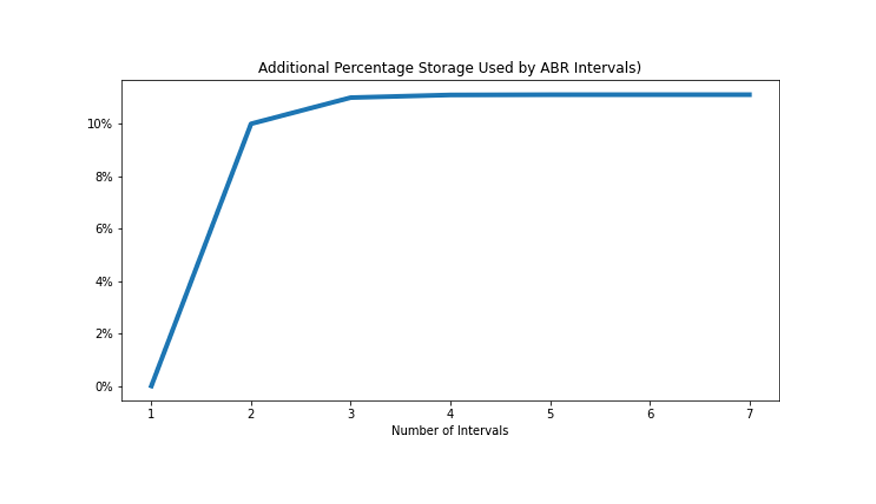
Cloudflare’s analytics products help customers answer questions about their traffic by analyzing the mind-boggling, ever-increasing number of events (HTTP requests, Workers requests, Spectrum events) logged by Cloudflare products every day. The answers to these questions depend on the point of view of the question being asked, and we’ve come up with a way to exploit this fact to improve the quality and responsiveness of our analytics.
Useful Accuracy
Consider the following questions and answers:
What is the length of the coastline of Great Britain? 12.4K km
What is the total world population? 7.8B
How many stars are in the Milky Way? 250B
What is the total volume of the Antarctic ice shelf? 25.4M km3
What is the worldwide production of lentils? 6.3M tonnes
How many HTTP requests hit my site in the last week? 22.6M
Useful answers do not benefit from being overly exact. For large quantities, knowing the correct order of magnitude and a few significant digits gives the most useful answer. At Cloudflare, the difference in traffic between different sites or when a single site is under attack can cross nine orders of magnitude and, in general, all our traffic follows a Continue reading
Birthday Week on Cloudflare TV: Announcing 24 Hours of Live Discussions on the Future of the Internet

This week marks Cloudflare’s 10th birthday, and we’re excited to continue our annual tradition of launching an array of products designed to help give back to the Internet. (Check back here each morning for the latest!)
We also see this milestone as an opportunity to reflect on where the Internet was ten years ago, and where it might be headed over the next decade. So we reached out to some of the people we respect most to see if they’d be interested in joining us for a series of Fireside Chats on Cloudflare TV.
We’ve been blown away by the response, and are thrilled to announce our lineup of speakers, featuring many of the most celebrated names in tech and beyond. Among the highlights: Apple co-founder Steve Wozniak, Zoom CEO Eric Yuan, OpenTable CEO Debby Soo, Stripe co-founder and President John Collison, Former CEO & Executive Chairman, Google // Co-Founder, Schmidt Futures. Eric Schmidt, former McAfee CEO Chris Young, Magic Leap CEO and longtime Microsoft executive Peggy Johnson, former Seal Team 6 Commander Dave Cooper, Project Include CEO Ellen Pao, and so many more. All told, we have over 24 hours Continue reading
Introducing Cron Triggers for Cloudflare Workers


Today the Cloudflare Workers team is thrilled to announce the launch of Cron Triggers. Before now, Workers were triggered purely by incoming HTTP requests but starting today you’ll be able to set a scheduler to run your Worker on a timed interval. This was a highly requested feature that we know a lot of developers will find useful, and we’ve heard your feedback after Serverless Week.

We are excited to offer this feature at no additional cost, and it will be available on both the Workers free tier and the paid tier, now called Workers Bundled. Since it doesn’t matter which city a Cron Trigger routes the Worker through, we are able to maximize Cloudflare’s distributed system and send scheduled jobs to underutilized machinery. Running jobs on these quiet machines is both efficient and cost effective, and we are able to pass those cost savings down to you.
What is a Cron Trigger and how might I use such a feature?

In case you’re not familiar with Unix systems, the cron pattern allows you to schedule jobs to run periodically at fixed intervals or at scheduled times. Cron Triggers in the context of Workers allow users to set time-based invocations Continue reading
Making Time for Cron Triggers: A Look Inside


Today, we are excited to launch Cron Triggers to the Cloudflare Workers serverless compute platform. We’ve heard the developer feedback, and we want to give our users the ability to run a given Worker on a scheduled basis. In case you’re not familiar with Unix systems, the cron pattern allows developers to schedule jobs to run at fixed intervals. This pattern is ideal for running any types of periodic jobs like maintenance or calling third party APIs to get up-to-date data. Cron Triggers has been a highly requested feature even inside Cloudflare and we hope that you will find this feature as useful as we have!
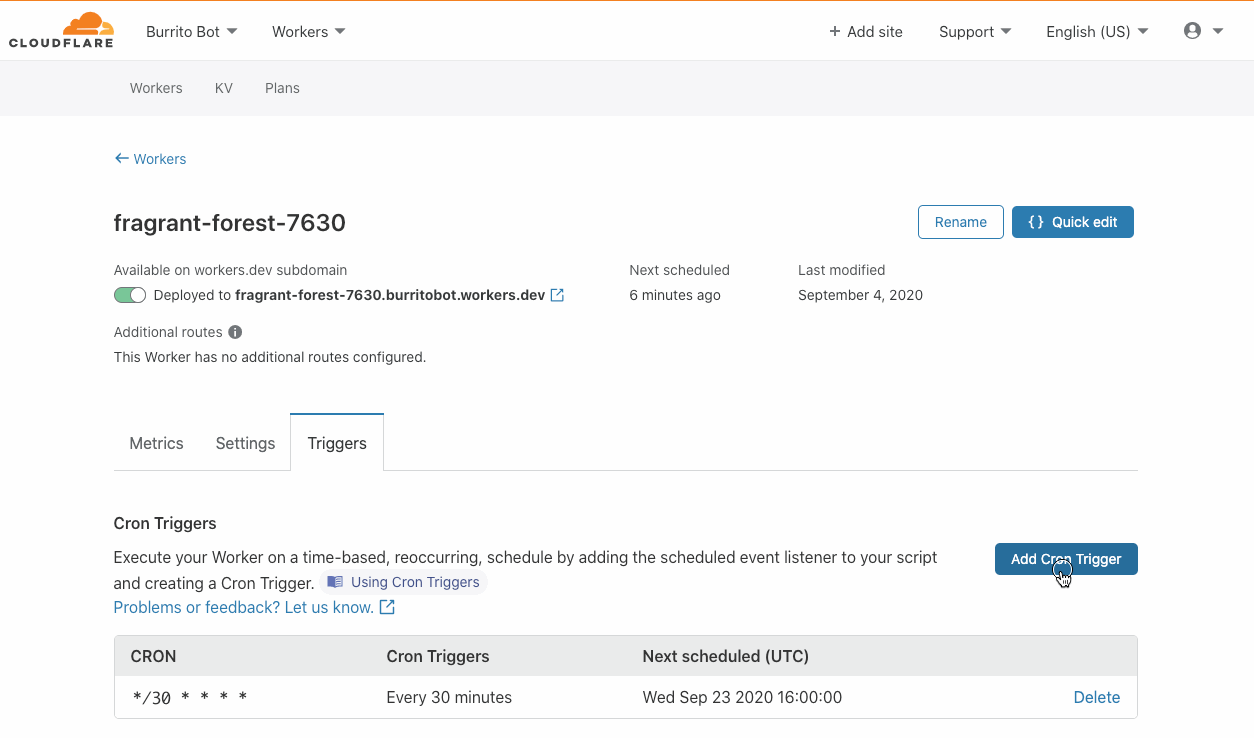
Where are Cron Triggers going to be run?
Cron Triggers are executed from the edge. At Cloudflare, we believe strongly in edge computing and wanted our new feature to get all of the performance and reliability benefits of running on our edge. Thus, we wrote a service in core that is responsible for distributing schedules to a new edge service through Quicksilver which will then trigger the Workers themselves.
What’s happening under the hood?
At a high level, schedules created through our API create records in our database with the information necessary to execute Continue reading
Workers Durable Objects Beta: A New Approach to Stateful Serverless

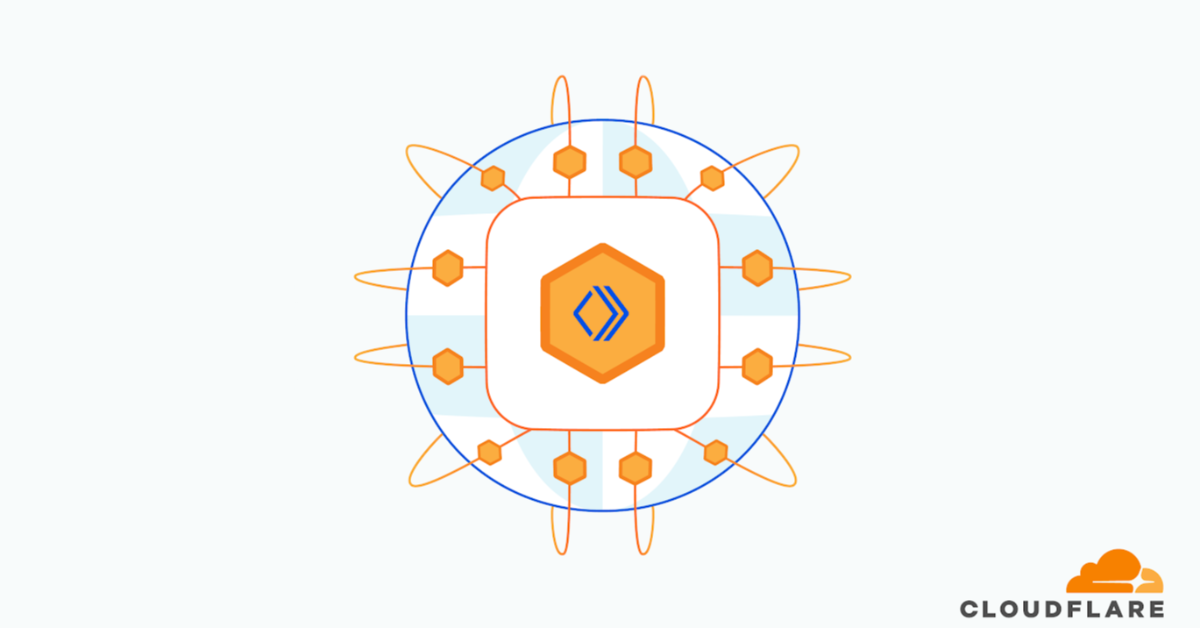
We launched Cloudflare Workers® in 2017 with a radical vision: code running at the network edge could not only improve performance, but also be easier to deploy and cheaper to run than code running in a single datacenter. That vision means Workers is about more than just edge compute -- we're rethinking how applications are built.
Using a "serverless" approach has allowed us to make deploys dead simple, and using isolate technology has allowed us to deliver serverless more cheaply and without the lengthy cold starts that hold back other providers. We added easy-to-use eventually-consistent edge storage to the platform with Workers KV.
But up until today, it hasn't been possible to manage state with strong consistency, or to coordinate in real time between multiple clients, entirely on the edge. Thus, these parts of your application still had to be hosted elsewhere.
Durable Objects provide a truly serverless approach to storage and state: consistent, low-latency, distributed, yet effortless to maintain and scale. They also provide an easy way to coordinate between clients, whether it be users in a particular chat room, editors of a particular document, or IoT devices in a particular smart home. Durable Objects are the missing piece Continue reading
A letter from Cloudflare’s founders (2020)

To our stakeholders:
Cloudflare launched on September 27, 2010 — 10 years ago today. Stopping to look back over the last 10 years is challenging in some ways because so much of who we are has changed radically. A decade ago when we launched we had a few thousand websites using us, our tiny office was above a nail salon in Palo Alto, our team could be counted on less than two hands, and our data center locations on one hand.

As the company grew, it would have been easy to stick with accelerating and protecting developers and small business websites and not see the broader picture. But, as this year has shown with crystal clarity, we all depend on the Internet for many aspects of our lives: for access to public information and services, to getting work done, for staying in touch with friends and loved ones, and, increasingly, for educating our children, ordering groceries, learning the latest dance moves, and so many other things. The Internet underpins much of what we do every day, and Cloudflare’s mission to help build a better Internet seems more Continue reading